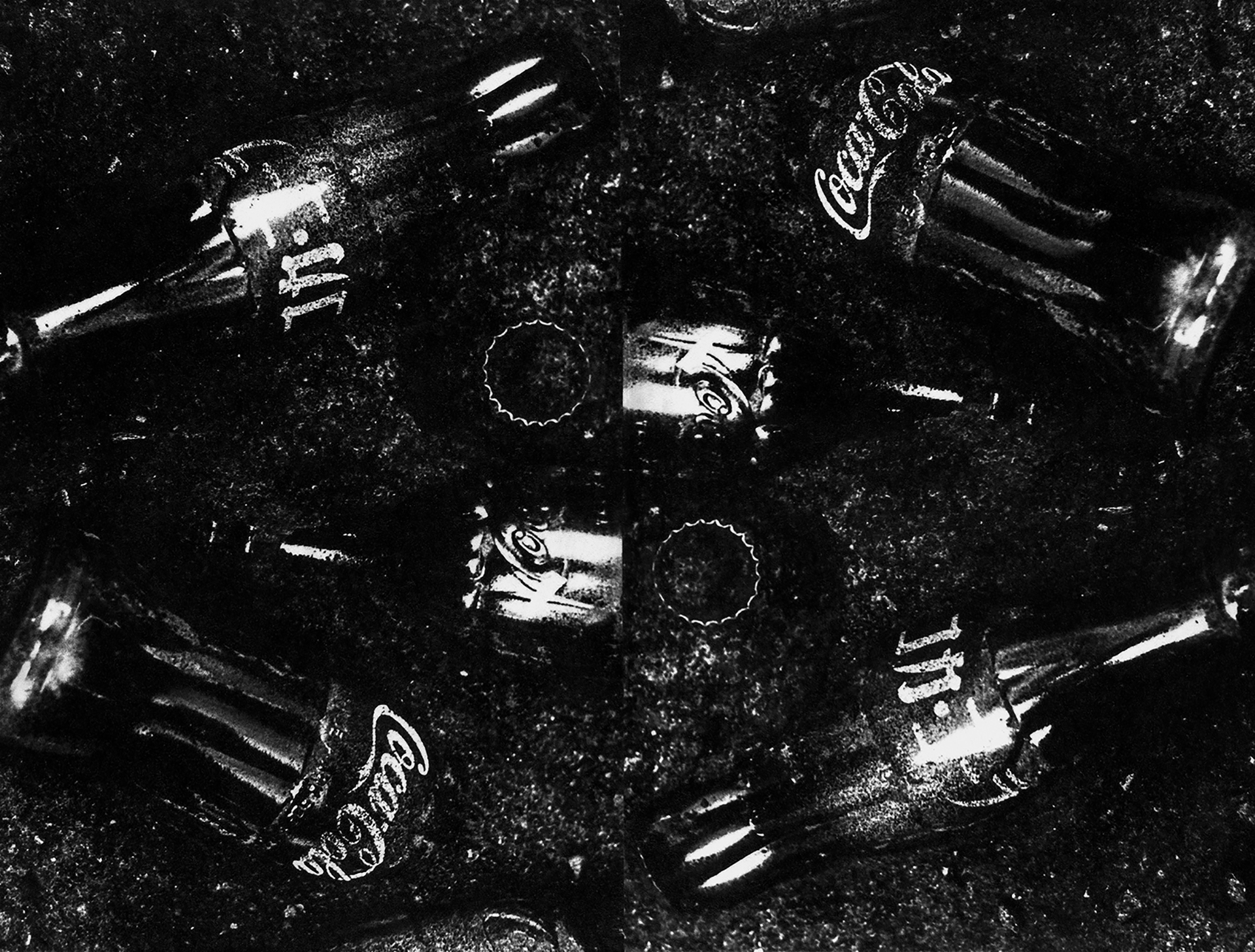If you ask photobook aficionados what the “greatest” photobook of all time is, there will be a whole bunch of answers. In this poll, The Americans by Robert Frank got the most votes, Ravens by Masahisa Fukase and New York by William Klein were up there, and somewhere in the top ten, you’ll find Chizu (also known as The Map), by Kikuji Kawada.

You’re getting blind.
Don’t miss the best of visual arts. Subscribe for $9 per month or $108 $90 per year.
Already suscribed ?


